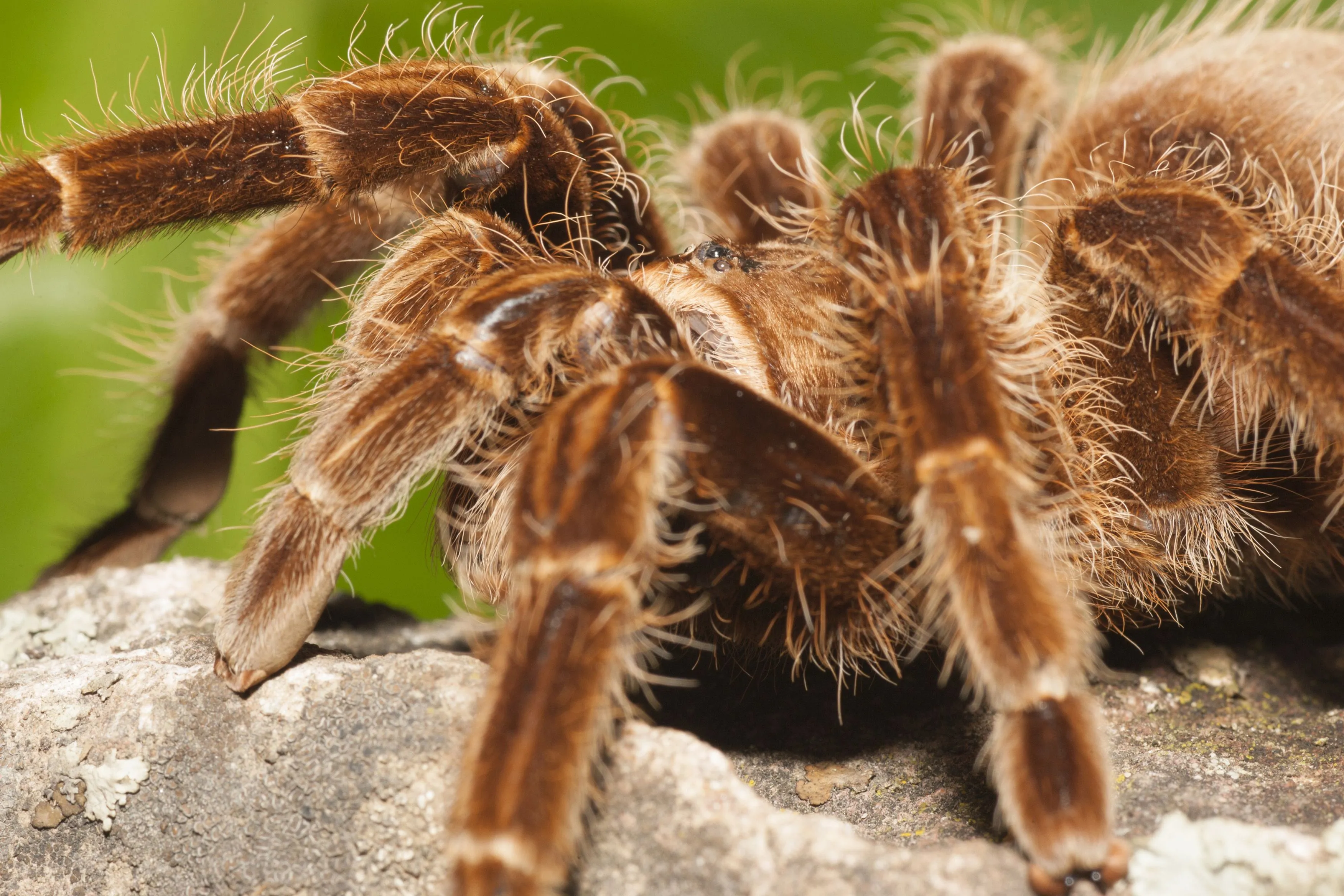Tarantula Care Top 5 Tips for New Owners
Bringing a tarantula into your home can be an exciting experience, but it’s crucial to be well-prepared. These fascinating creatures require specific care to thrive. As a new owner, understanding their needs is paramount for their health and your peace of mind. This guide provides the top 5 essential tips for tarantula care, ensuring you can create a safe, comfortable, and enriching environment for your new pet. From selecting the right species to understanding their unique behaviors, this information will help you embark on a rewarding journey with your eight-legged companion.
Choosing the Right Tarantula Species
Not all tarantulas are created equal, especially when it comes to suitability for beginners. Some species are more docile, less prone to defensive behaviors, and have lower venom toxicity than others. Researching and choosing the right species is the first step to successful tarantula ownership. This involves considering their temperament, size, and care requirements. By selecting a species that aligns with your experience level and lifestyle, you’ll set yourself up for a positive and enjoyable experience.
Consider Spider Temperament

Temperament varies significantly among tarantula species. Some, like the Chilean Rose Hair, are known for their relatively docile nature, making them a good choice for beginners. Others, such as certain Old World species, can be more defensive and quick to bite. Before you commit to a tarantula, learn about its reputation. Look for species that are known to be less skittish and less likely to flick urticating hairs (small, irritating hairs used for defense). This will help you avoid unpleasant encounters and make handling, if desired, a safer experience.
Research Your Spider’s Origin
Understanding the origin of your tarantula helps you replicate its natural habitat in captivity. Tarantulas from tropical regions require higher humidity and temperature than those from drier environments. Knowing where your tarantula comes from provides valuable insights into its specific needs, like the type of substrate, the amount of ventilation required, and the ideal temperature range. Websites, books, and experienced tarantula keepers are valuable sources of information. This knowledge will help you create an optimal environment, promoting your tarantula’s health and well-being.
Setting Up the Perfect Tarantula Habitat
Creating a suitable habitat is crucial for your tarantula’s well-being. This involves selecting the right enclosure, providing appropriate substrate, and maintaining optimal temperature and humidity levels. The goal is to replicate the tarantula’s natural environment as closely as possible. A well-designed habitat will not only keep your tarantula healthy but also allow you to observe its fascinating behaviors. Remember, a comfortable tarantula is a healthy tarantula.
Selecting the Right Enclosure
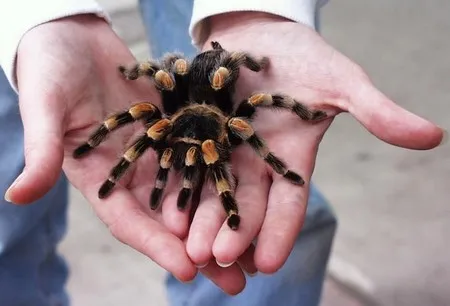
The size and type of enclosure depend on the species and size of your tarantula. For terrestrial species, a horizontal tank with a secure lid is ideal. Arboreal species, which live in trees, require a taller enclosure. Ensure the enclosure is appropriately sized – too small and your tarantula will be cramped; too large, and it may have difficulty finding food. Glass or acrylic tanks are suitable, but make sure the lid is escape-proof, as tarantulas are skilled climbers. Ventilation is also essential to prevent mold growth and maintain air quality.
Substrate and Decor Essentials
The substrate is the flooring of your tarantula’s enclosure and serves several purposes, including providing a burrowing medium, maintaining humidity, and absorbing waste. Suitable substrates include peat moss, coconut fiber, and a mix of these materials. The depth of the substrate depends on the species; burrowing tarantulas need a deeper layer. Decorate the enclosure with hiding places, such as cork bark, artificial plants, and sturdy branches for arboreal species. These provide enrichment and make your tarantula feel secure. Avoid sharp objects that could injure your pet.
Maintaining Optimal Temperature and Humidity
Temperature and humidity are critical factors in tarantula care. These creatures are ectothermic, meaning they rely on external sources to regulate their body temperature. Providing the correct environment is vital for their metabolism, molting, and overall health. Regularly monitoring these parameters and making adjustments as needed will help ensure your tarantula thrives in its new home. Investing in a reliable thermometer and hygrometer is a must-have for any tarantula keeper.
Temperature Requirements
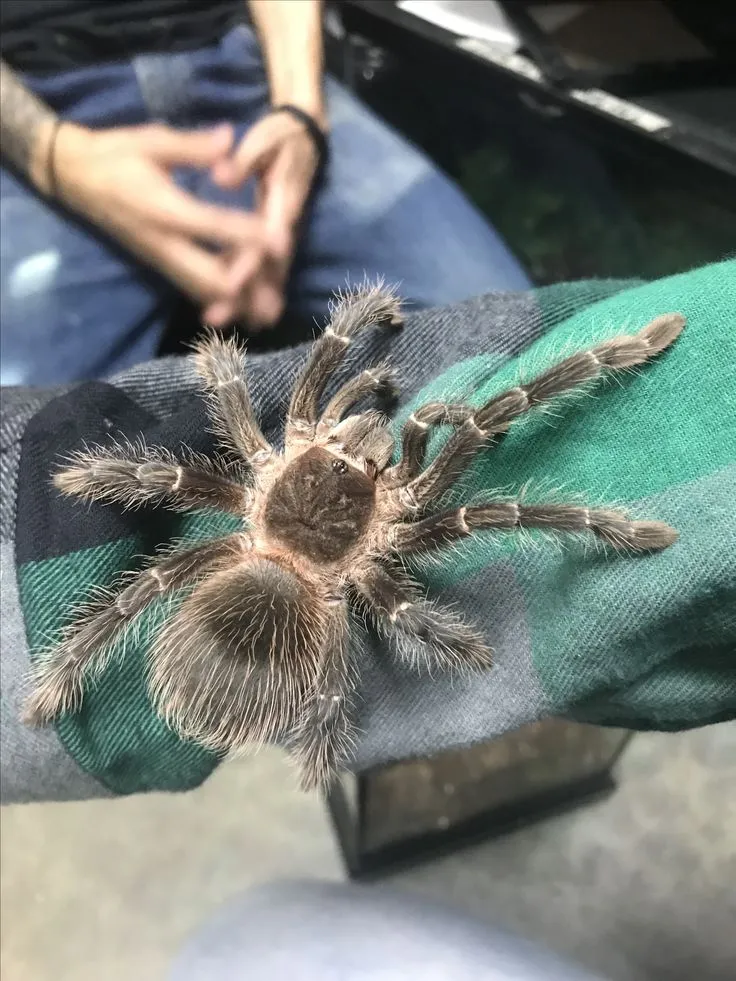
Most tarantulas thrive at temperatures between 75-85°F (24-29°C). Use a heat source, such as an under-tank heater or a low-wattage heat lamp, to maintain the correct temperature. Avoid placing the heat source directly under the enclosure, as this can overheat the substrate. Monitor the temperature regularly using a digital thermometer. Ensure there is a temperature gradient within the enclosure, allowing your tarantula to move to cooler areas if needed.
Humidity Control
Humidity requirements vary depending on the species. Tropical species need higher humidity levels (70-80%), while those from drier environments require less. Use a hygrometer to monitor humidity levels. You can increase humidity by misting the enclosure with dechlorinated water or by providing a water dish. Good ventilation is also essential to prevent mold growth. The substrate also plays a role in maintaining humidity; moistening the substrate can help increase the humidity in the enclosure. Adjust the humidity levels based on your tarantula’s specific needs and your monitoring results.
Feeding Your Tarantula Properly
Proper feeding is essential for your tarantula’s health and growth. Tarantulas are opportunistic eaters, and their diet primarily consists of insects. Understanding their dietary needs, including the appropriate food items and feeding frequency, is crucial for their well-being. Overfeeding can be as detrimental as underfeeding, so it’s important to strike the right balance.
Choosing the Right Food
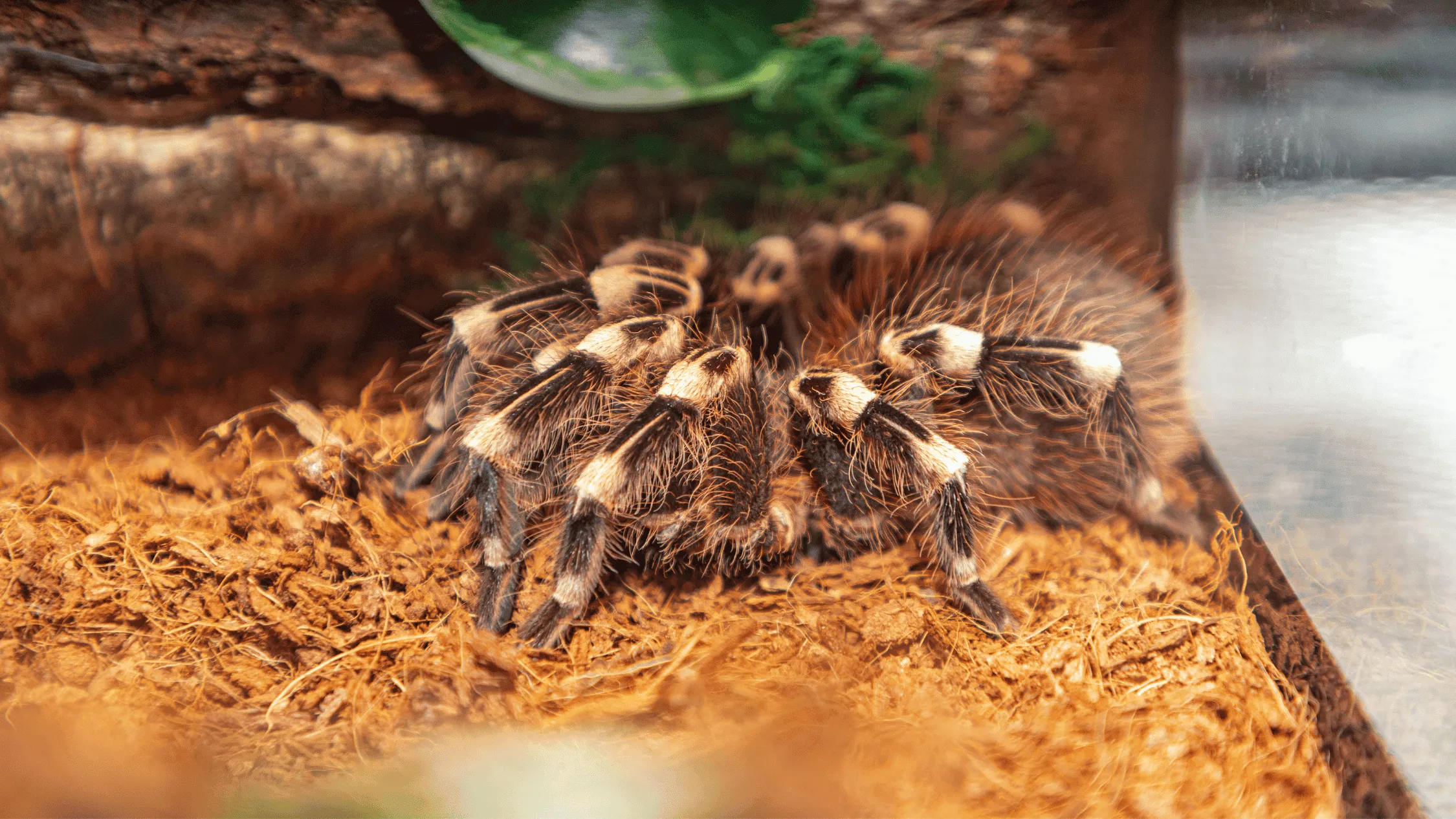
The primary food source for tarantulas is insects. Suitable options include crickets, mealworms, superworms, and roaches. The size of the insects should be appropriate for your tarantula’s size – the insect should be no larger than the tarantula’s abdomen. Always gut-load the insects before feeding them to your tarantula. This means feeding the insects nutritious food, such as vegetables and commercial insect food, which ensures your tarantula receives a balanced diet. Avoid feeding wild-caught insects, as they may carry parasites or pesticides.
Feeding Frequency
Feeding frequency depends on the tarantula’s age and size. Spiderlings typically need to be fed more often, sometimes every other day, while adult tarantulas can be fed once or twice a week. Observe your tarantula’s abdomen – a plump abdomen indicates it’s well-fed, while a thin abdomen suggests it needs more food. Remove any uneaten food within 24 hours to prevent the growth of mold. Be mindful of your tarantula’s molting cycle, as they often refuse to eat before and during molting.
Handling and Safety Precautions
While tarantulas are fascinating creatures, it’s important to handle them with care and respect. Bites, though rarely life-threatening, can be painful, and some species have urticating hairs that can cause skin irritation. Always prioritize your safety and the tarantula’s well-being when handling your pet. Knowing how to handle them and being aware of potential hazards will make your interaction a positive one.
Avoiding Bites and Injury
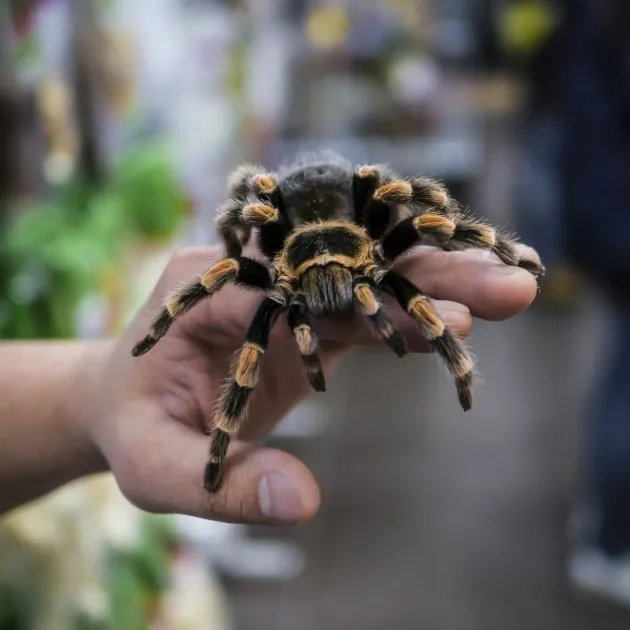
The best way to avoid bites is to minimize handling, especially for new owners and less docile species. If you choose to handle your tarantula, do so over a soft surface, such as a bed or a carpet, to prevent injury if it falls. Always be calm and move slowly. Never grab or squeeze the tarantula, as this can frighten it and lead to a defensive bite. If a bite does occur, stay calm, clean the wound, and monitor for any signs of allergic reaction.
Safe Handling Techniques
Before handling your tarantula, wash your hands thoroughly to remove any scents that might agitate it. Approach the tarantula slowly and gently. You can encourage the tarantula to walk onto your hand by gently nudging its legs. Avoid sudden movements and loud noises. Never handle a tarantula that is about to molt, as they are particularly vulnerable during this time. If the tarantula shows signs of stress, such as raising its front legs or flicking hairs, gently place it back in its enclosure immediately.
Understanding Tarantula Behavior
Understanding tarantula behavior is crucial for their well-being. Tarantulas communicate through subtle behaviors, and learning to interpret these signs will help you identify their needs and avoid potential problems. This includes understanding their molting process and recognizing signs of stress.
Molting Process
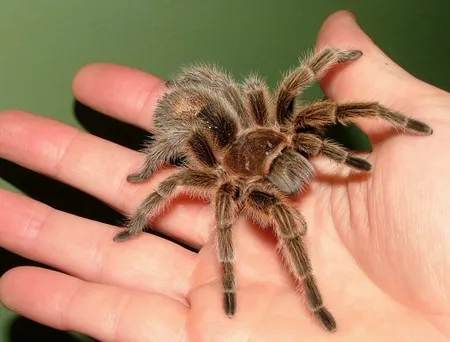
Tarantulas molt periodically to grow. The molting process involves shedding their exoskeleton, which is a vulnerable time for them. During this period, the tarantula will often stop eating and may lie on its back. Do not disturb a molting tarantula, as this can be fatal. After molting, the tarantula’s fangs and body will be soft, and they will need time to harden. Leave the shed exoskeleton in the enclosure; it provides information about the tarantula’s health and allows them to stretch out and harden properly.
Recognizing Signs of Stress
Knowing how to recognize signs of stress is essential. Common signs include flicking hairs (a defensive mechanism), raising front legs, a lack of appetite, and erratic behavior. If you notice these signs, review your husbandry practices. Ensure the temperature and humidity are correct, provide adequate hiding places, and avoid handling the tarantula. Addressing these issues promptly will help reduce stress and promote your tarantula’s well-being. Monitoring your pet’s behavior helps create a happier pet.
In conclusion, owning a tarantula can be a rewarding experience, but it requires dedication and knowledge. By following these top 5 tips—choosing the right species, creating a suitable habitat, maintaining optimal temperature and humidity, feeding properly, and handling with care—you can ensure your tarantula thrives. Remember to research and continually learn about your specific species, and always prioritize your pet’s health and safety. Enjoy the unique experience of caring for these amazing creatures!
